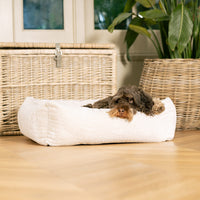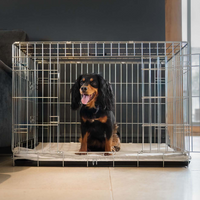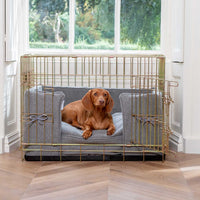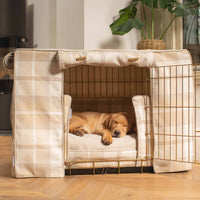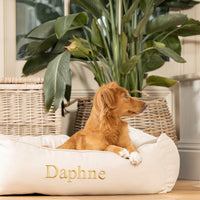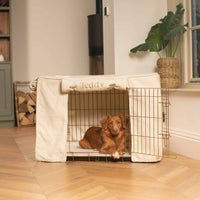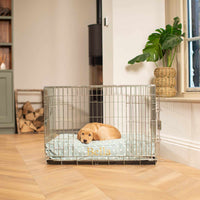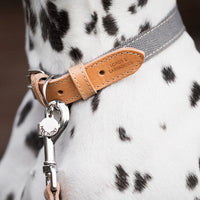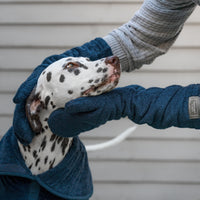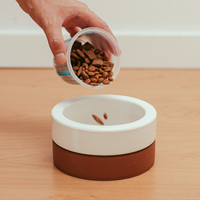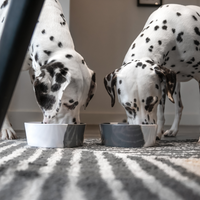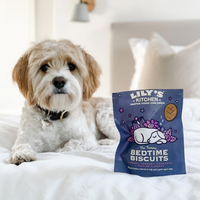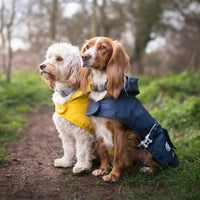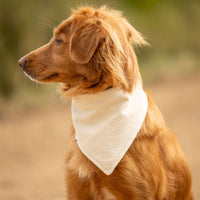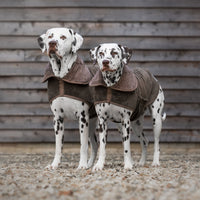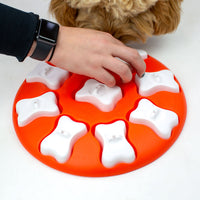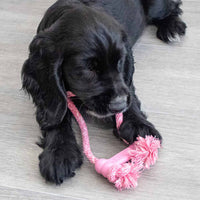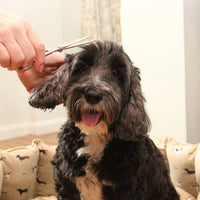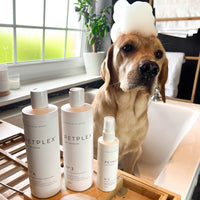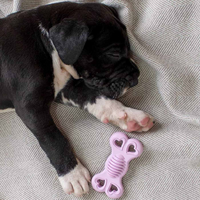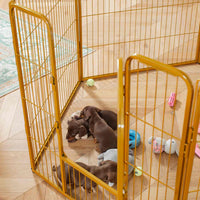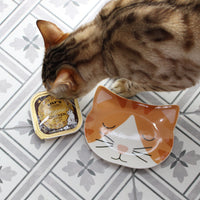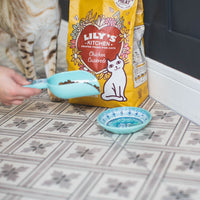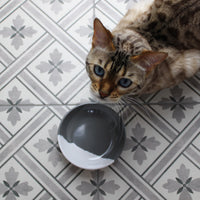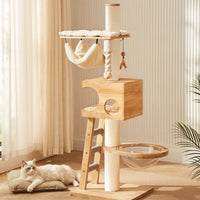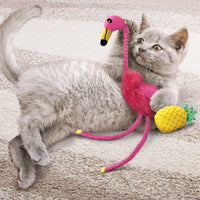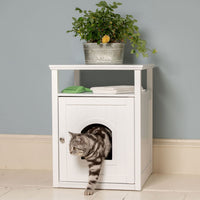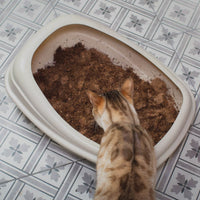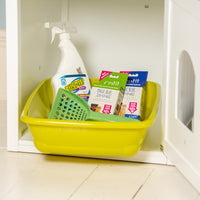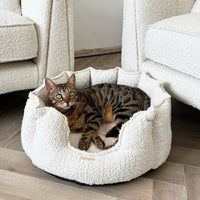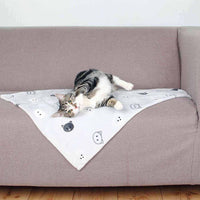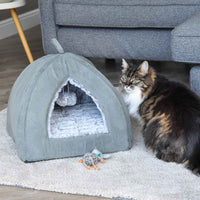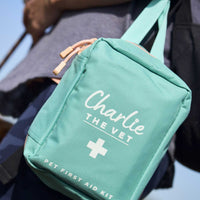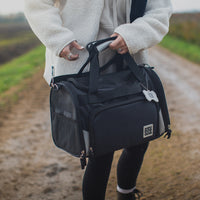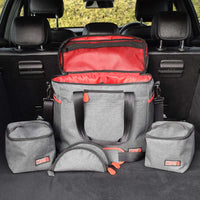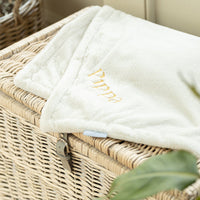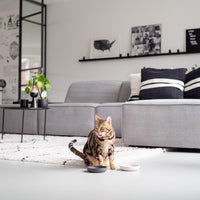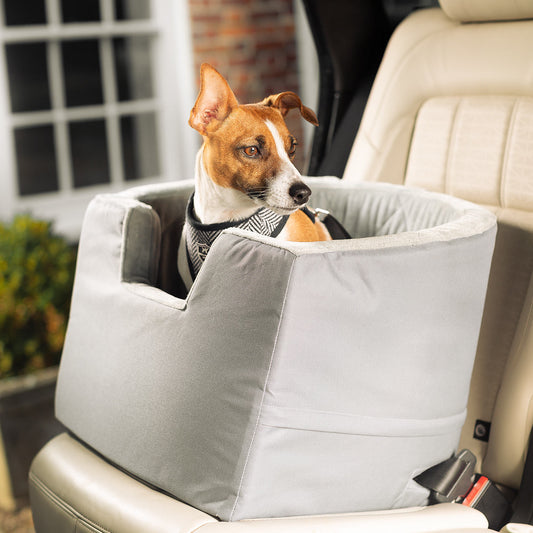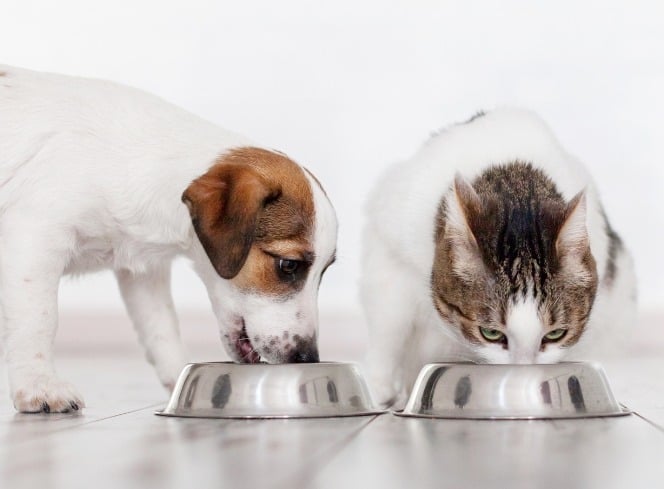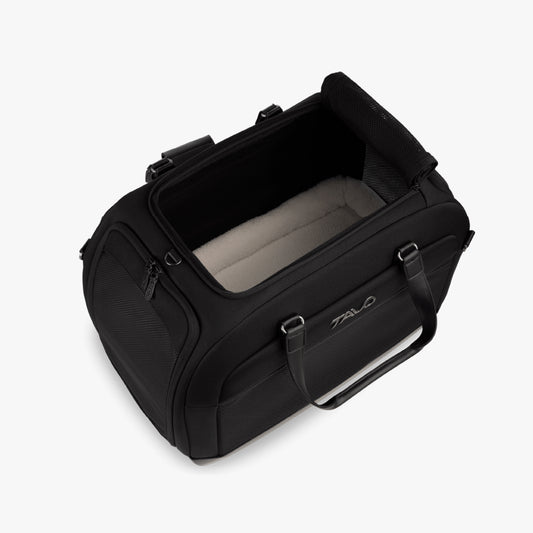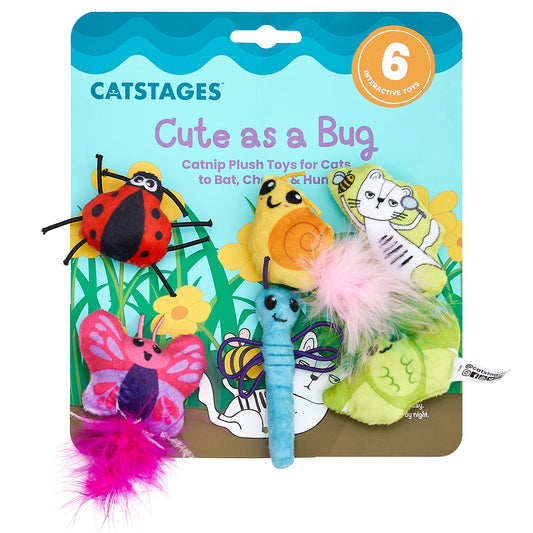Traveling with your furry friend can be one of life's greatest pleasures. However, ensuring your dog’s comfort and safety during car journeys is essential. One of the most critical items for any dog owner who frequently travels with their pet is a high-quality dog car bed. But with so many options on the market, how do you choose the right one? In this guide, we'll walk you through everything you need to know to select the perfect dog bed for your car, making every trip comfortable and safe for your beloved companion.
Understanding the Importance of a Dog Car Bed
Before diving into the details of choosing a dog bed for your car, it's important to understand why it's necessary. A dog car bed provides your pet with a designated space in the vehicle, offering comfort during long journeys and preventing them from moving around the car, which can be dangerous. A well-designed dog car bed can also protect your car's interior from fur, dirt, and scratches.
Whether you're looking for a cosy dog car seat or a sturdy back seat dog bed, the right bedding for car journeys will keep your dog comfortable and your car clean.
Factors to Consider When Choosing a Dog Bed for Your Car

When selecting a dog bed for car travel, there are several factors to consider to ensure you pick the best option for your pet.
- The Legal Requirements
Under the UK’s Highway Code, Rule 57 specifically addresses the issue of traveling with pets in vehicles. The rule states: "When in a vehicle make sure dogs or other animals are suitably restrained so they cannot distract you while you are driving or injure you, or themselves, if you stop quickly. A seat belt harness, pet carrier, dog cage, or dog guard are ways of restraining animals in cars."
This means that if your dog is not properly restrained, you could be found in violation of this rule. While breaking this rule itself may not lead to an automatic fine, it can result in a charge of dangerous driving if an accident occurs, leading to fines, penalty points on your driving license, and potentially higher insurance premiums. - Size and Fit
The first consideration is the size of the dog bed. It’s essential to choose a bed that fits comfortably in your car and accommodates your dog’s size. For instance, if you have a Labrador, you’ll need a dog bed for a Labrador that is spacious enough for them to stretch out. Measure the available space in your car, whether it’s on the back seat or in the boot, and compare it with the dimensions of the dog beds you’re considering. - Comfort and Support
Comfort is paramount, especially for long journeys. Look for a dog car bed that offers ample padding and support. Memory foam dog beds are an excellent choice for older dogs or those with joint issues, as they provide superior comfort. If your dog tends to get hot, consider a cooling dog car seat, which will help regulate their temperature during summer travels. - Durability and Material
The material of the dog bed is another crucial factor. Dog beds for vehicles should be made from durable, easy-to-clean materials. Look for beds with removable, machine-washable covers to make cleaning easier. If your dog tends to chew or scratch, choose a bed made from tougher materials that can withstand wear and tear. - Safety Features
Safety should never be compromised when choosing a dog bed for car journeys. Some dog car beds come with built-in harnesses or straps that can be attached to your car's seatbelt, ensuring your dog stays secure even in the event of sudden stops. However, there are also harnesses and tethers you can buy which attach to your car which can work well with your dog car bed of choice. - Portability and Storage
If you often travel with your dog, consider a travel dog bed for car journeys that is easy to pack and transport. Some dog beds are designed to fold up or come with carrying cases, making them perfect for trips.
Types of Dog Beds for Cars
With so many types of dog beds for cars available, it's essential to know your options before making a decision. Here are some popular types:
-
Dog Car Booster Seat - One of the most popular types of dog beds for cars is a booster seat. They double up as both a bed for your pup to sleep in and car seat to help keep them safe. Many smaller dogs prefer this style of bed in the car as they help to elevate them so they can see out of the window. The Lords & Labradors Dog Car Booster Seat is the perfect travel companion, it will strap into any UK car and includes attachment belt for buckling up your dog. It also has a padded cushion and sides making it the perfect bed for your dog to cuddle up in on a long car journey.

-
Back Seat Dog Bed - A back seat dog bed is a popular choice for dogs who like a little more space. These beds typically are designed to cover either one or all of the back seats of your car and often come with straps to secure them in place. They provide a comfortable space for your dog to relax while keeping them safe. For an option which covers all of your back seats we love the double easy traveller, it simply hooks on to your headrests and lays across your back seats. There is a tether to attach your dog to and the padded cushion is perfect for stretching out on a road trip.

-
Dog Car Mattress - A dog car mattress is ideal for larger dogs or those who prefer lying flat. These mattresses are usually placed in the boot of the car or on the back seat. They offer ample space for your dog to stretch out and are often made from high-density foam for added comfort. Here at Lords & Labradors we have two options our travel mats and our dog cushions. Our travel mats roll up and are easy to take from place to place whilst you are out and about. Whereas our cushions are much more padded so are perfect for dogs who need a little more support and they can also double up as a bed in your home!

-
Dog Blankets for Cars - If your dog is already comfortable with their current bed, you might consider dog blankets for cars. These can be placed over the car seats or in the boot to protect your vehicle from fur and dirt while providing your dog with a cosy place to rest. Here at Lords & Labradors our blankets come in all of our best selling fabrics on one side and the snuggliest faux fur on the other, you can even personalise them with your dog’s name for that extra special finishing touch.

Choosing the right dog bed for car journeys is an investment in your pet’s comfort and safety. Whether you need a durable back seat dog bed, a cosy dog car seat, or a spacious dog car mattress, the perfect dog bed for your vehicle is out there.
Consider your dog’s size, comfort needs, and any specific travel requirements to find the best car bed for dogs that will make every journey enjoyable for both you and your furry friend.
By selecting the right dog bed for car journeys, you'll ensure that your pet remains happy and comfortable, no matter how long the drive. With the right choice, your dog will be excited to hop into the car for your next adventure together.


